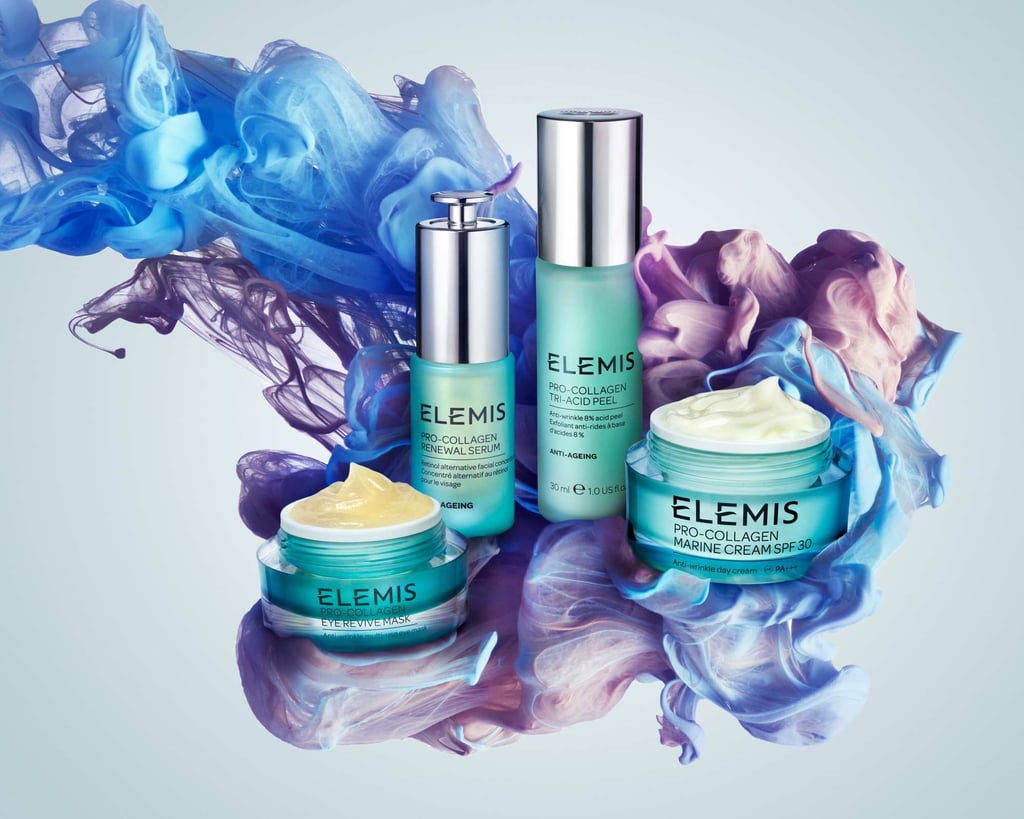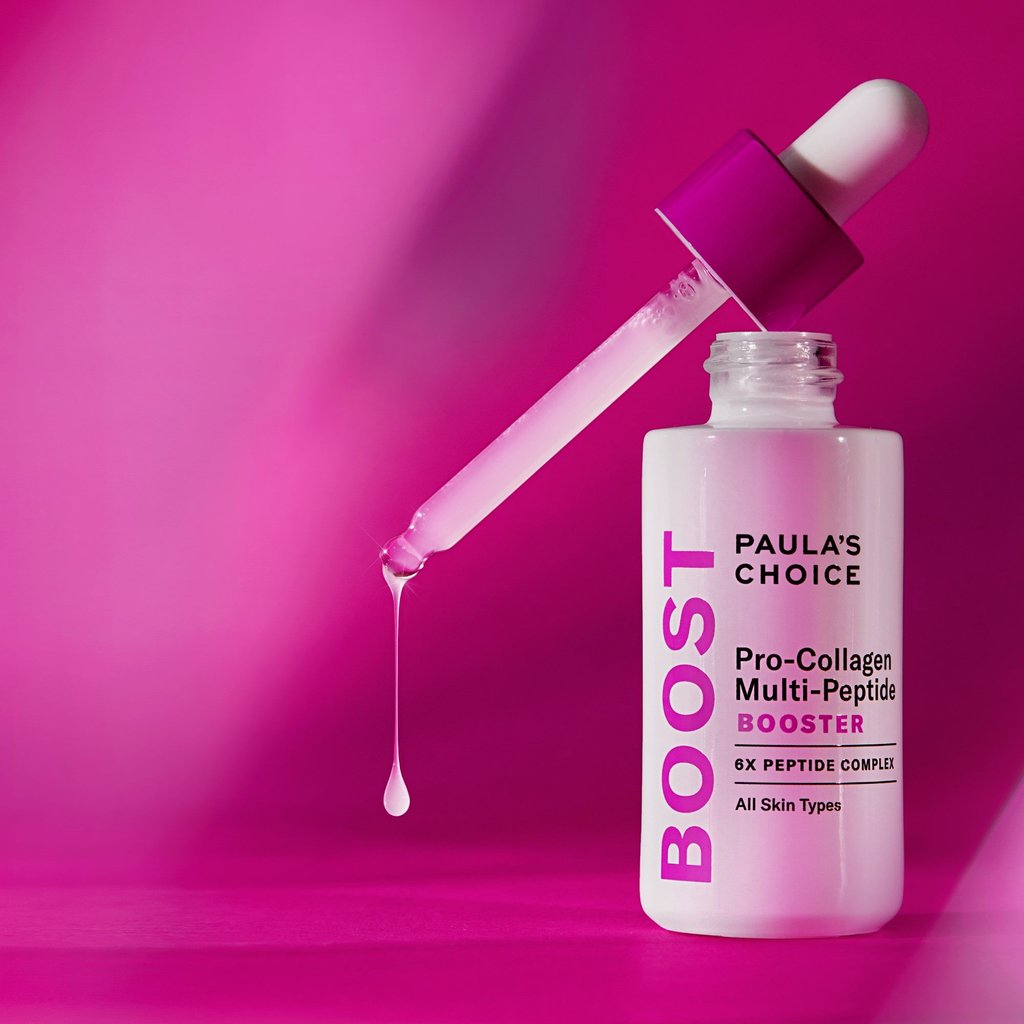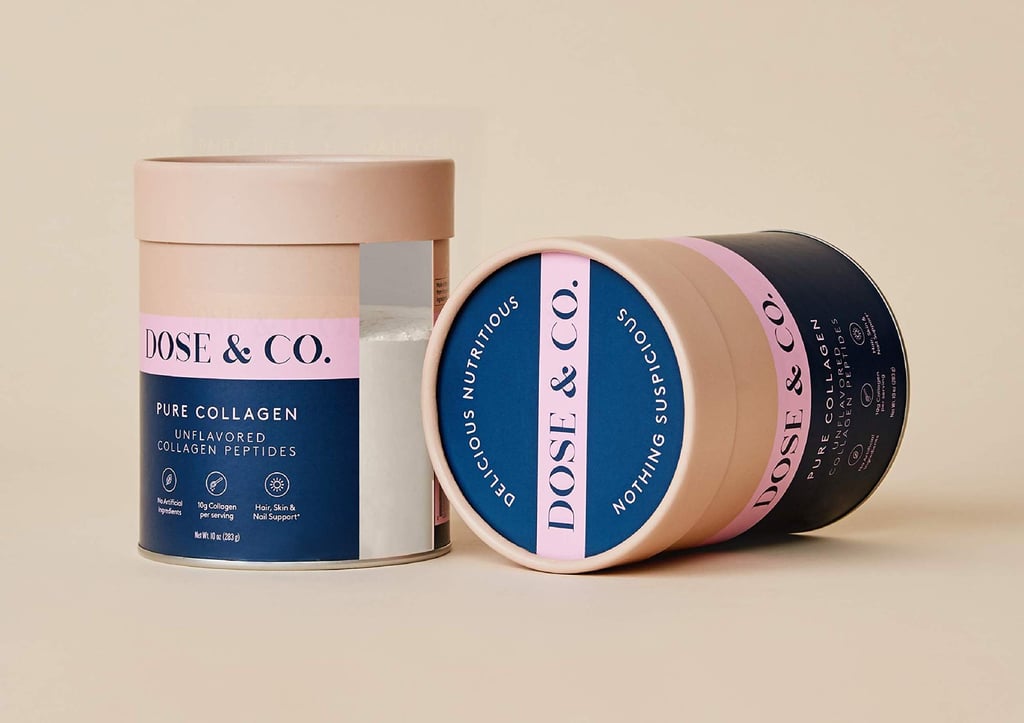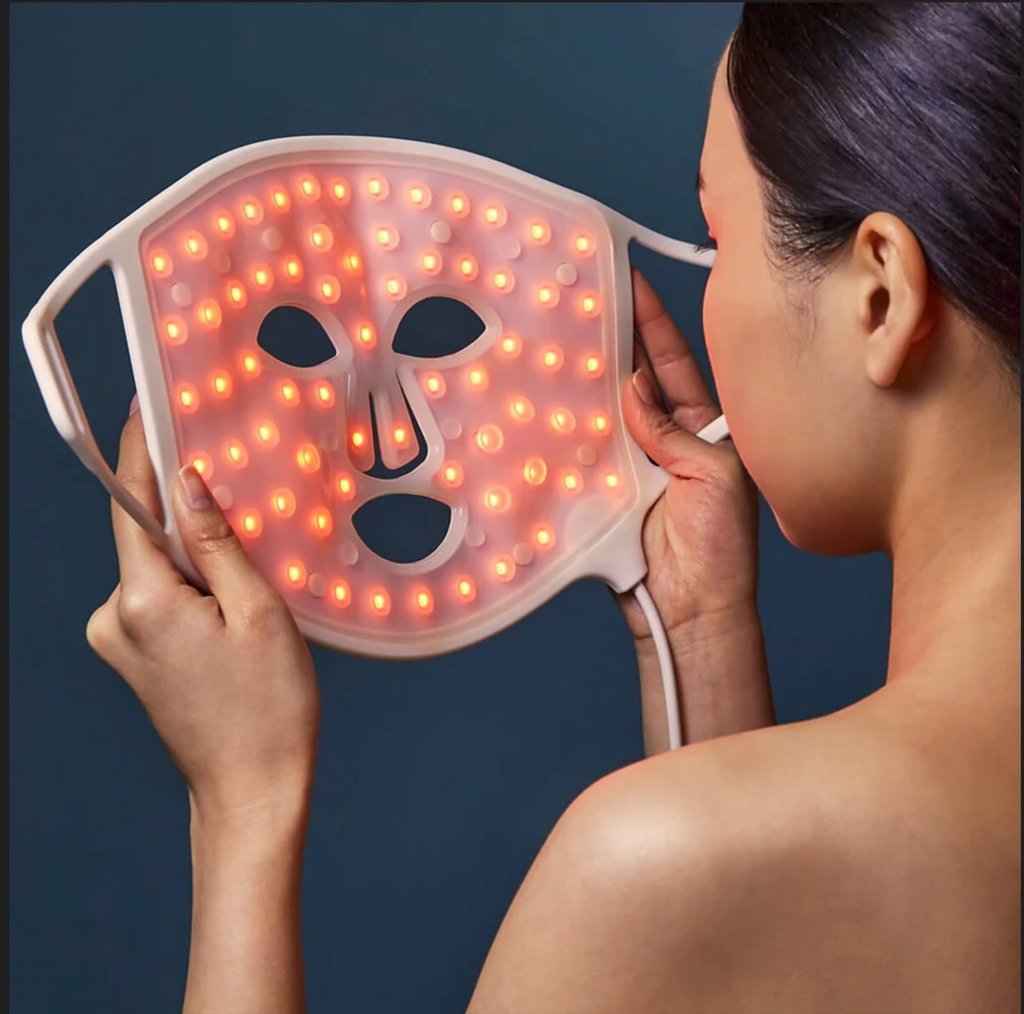Advertisement
Advertisement
Advertisement
Explainer / Forever young? Collagen banking is the popular new anti-ageing skincare trend that promises eternal youth – but it doesn’t work the way you think, say experts
STORYCarolina Malis

- Collagen is a powerhouse protein that the body needs for skin elasticity – and its depletion through ageing causes wrinkles, sagging and volume loss
- Collagen banking is a new preventive skincare trend that incorporates different treatments designed to boost and preserve collagen … but some scientists say this can’t slow the ageing process
Collagen, the protein responsible for skin vitality, is the cornerstone of a youthful, supple complexion. This powerhouse makes up a large portion of our skin, bones and connective tissues, providing them with structure, strength and elasticity. But as we age, our bodies naturally produce less collagen, which can lead to visible signs of ageing. This lack of collagen is what causes wrinkles, sagging skin and volume loss in the face.

The urge to retain this essential protein has led to a skincare market flooded with products – like anti-ageing creams and lip plumpers – that are infused with collagen formulas and designed to stimulate collagen production and slow its degradation. But despite its omnipresence, studies have found that applying collagen topically or ingesting it doesn’t actually do much.
Why do collagen products have a limited effect?
According to Dr Ahmad Chaudhry, dual board-certified dermatologist at Scandinavian Biolabs, while topical creams featuring collagen may contain ingredients to stimulate collagen production, they often offer limited effectiveness. “Collagen molecules are large and struggle to penetrate deep enough to make any significant difference,” he explains. Scientists have long recognised this limitation, leading to the development of collagen-boosting treatments and formulas that work from the inside out. “While collagen itself is too large to penetrate the skin’s surface, some products use a technique called hydrolysis to break it down into smaller, absorbable peptides, which can stimulate the production of new collagen in the skin.”
Advertisement

Because they directly replace lost collagen and offer immediate results, dermal fillers are popular, but Chaudhry says they’re a temporary solution because they require repeated injections, which may come with a high price tag. Another popular option, collagen injections, can be useful for plumping the skin temporarily, “but your body’s collagen provides long-term structural support. Injected collagen gets broken down and needs to be replaced”.
What is collagen banking?
The endless search for ways to hang onto collagen for as long as possible has led to the concept of collagen banking. Based on the idea of “using it or losing it”, the theory behind collagen banking is that by actively stimulating collagen production in your 20s and 30s, you’ll have a larger collagen reserve in your body as you age. This stored collagen could then be used to maintain and repair your skin, bones and other tissues as they naturally decline with age. “Collagen banking is a new, trending approach to anti-ageing that focuses on proactively stimulating and preserving your very own natural collagen production,” says Chaudhry. “Unlike some treatments that simply replace collagen topically, collagen banking aims to address the root cause of wrinkles and sagging, which is the decline in your body’s ability to make collagen.”

This concept operates on the principle of prevention rather than correction, and aims to boost collagen levels long before the signs of ageing appear. Collagen boosting works by combining various strategies, including dietary supplements, specific nutritional plans, treatments and lifestyle adjustments, all of which are tailored to enhance collagen synthesis and preservation.
What are the different kinds of collagen banking methods?
Several methods have been developed to support this type of collagen conservation, each one aiming to enhance the body’s natural collagen production or supplement it externally. Microneedling, for instance, is a technique that uses fine needles to create tiny injuries in the skin barrier, prompting the body to respond by producing more collagen and elastin. Other treatments, like chemical peels and PRP (platelet-rich plasma) therapy, offer more intensive approaches.
